Introduction
Lab-created diamonds are becoming more and more desirable as an affordable, ethical, and sustainable alternative to natural diamonds. But what exactly are they? How are they different from natural diamonds? Do they look the same?
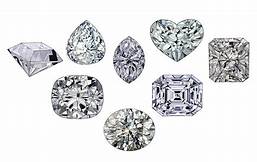
In this article, we will explore the differences between lab-created and mined diamonds, and help you decide if lab-created earrings are the right choice for you.
Stud Earrings
We are focusing on stud earrings because it can be very frustrating looking for natural mined-diamond earrings of great quality that are affordable.
A famous synthetic emerald manufacturer has a saying, "people don't like the emeralds they can afford, and can't afford the emeralds they like!" I find that also to be true when it comes to diamond ear studs.
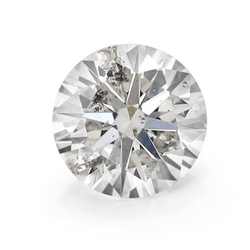
Last week I decided I needed small diamond ear studs, so I began my search. and for the amount of money I was comfortable spending, all I could find were I-J color and I1-I2 clarity, and they were also on the expensive side for their grades. I also had to sacrifice size.

You can see from the G.I.A. grading color and clarity scales, that the earrings described above would appear slightly yellow, and with internal characteristics that would interfere with the proper passage of light resulting in a dull appearance. In addition, the angles and proportions of the cut probably won't maximize beauty.

I will not tell you what I decided to purchase right now but read the article to the end to find out the answer.
Diamond Simulants
But before we delve into the details of lab-created diamonds, it's important to be clear about what we are not discussing, look-a-likes: colorless or near-colorless stones such as Cubic Zirconia, Synthetic Moissanite, or Swarovski crystals, anything that looks like a diamond, a.k.a. diamond simulants. If you are looking for information on diamond simulants, read our article: Is It A Real Diamond Or Something Else?
Lab-created Diamonds
What we are talking about are lab-created diamonds that are indistinguishable from natural diamonds in terms of chemical composition (pure Carbon), physical and optical properties, (how they handle light).
To many people, the fact that they are environmentally friendly, sustainable, and conflict-free are the most important reasons they purchase lab-created diamonds.
In addition, instead of taking thousands of years to form within the earth, it only takes only a couple of weeks of growing time in a lab.
The process of producing lab-created diamonds is complex and requires the use of specialized equipment to reproduce the same environmental conditions nearly 100 miles below the surface of the earth where diamonds naturally form. So how do scientists reproduce the circumstances and conditions to successfully grow diamonds in laboratories?
The First Lab-created Diamonds
The first man-made or lab-created diamonds were produced in the 1950s by General Electric (GE). They were tiny blackish diamonds, too heavily included to have any use in jewelry, but they did help fill the need for diamonds needed for industrial applications.

In the decades since then, the two methods used to create diamond clones today have so vastly improved that in the last few years, the stigma attached to created diamonds has been overcome and they have now exploded in popularity. Consumers are impressed because to the naked eye, they are indistinguishable from and equally as durable as the diamonds mother nature made!
Here are brief descriptions of the two methods used to grow diamonds in laboratories:
High-Pressure/High-Temperature:
HPHT diamonds are created in laboratories by growing them from diamond seeds. Carbon, under highly controlled conditions, is heated (2000 degrees Celsius) and pressure (1.5 million PSI) conditions that duplicate those found deep within the earth where natural diamonds form. This method allows for the production of beautiful commercial-quality diamonds.
Chemical Vapor Disposition:
When growing diamonds using Chemical Vapour Disposition (CVD), a seed is also required. The gases and vapors grow layers upon layers of diamond over the diamond seed, under lower pressure and temperature than required for the HPHT method.
Lab-created diamonds look identical to their natural counterparts, so assuming they are well-cut (which they are) the brilliance (white light), sparkle (silver flashes of light) and fire (rainbow colors seen when the diamond or light move) are the same as natural diamonds. These are the characteristics that create such dazzling beauty in diamonds.
Lab-created diamonds are also free of any potential environmental degradation, ethical, or human rights concerns (conflict diamonds.) associated with mining.
Lab-created diamonds are usually inspected and graded according to their cut, color, clarity, and carat weight. The Gemological Institute Of America (GIA) grades lab-created diamonds and issues diamond grading reports that confirm their laboratory origin. And of course, they assign color, clarity, and cut grades using the same standards used for mined diamonds. IGI (International Gemological Institute), AGS, (American Gemological Society) and GCAL(Gem Certification & Assurance Lab) also issue certificates for lab-created diamonds.
Lab-created diamonds can be found in most jewelry stores or online retailers (see a list below of reputable brands to start your search).
Lab-created diamond earrings are an affordable and ethical option for those looking to make a stylish statement. Lab-created diamonds are becoming increasingly popular due to their affordability and ethical considerations, making them a great choice for those who want to make an impact without breaking the bank.
These diamonds are less expensive than natural diamonds because they require no mining and use fewer resources. The biggest difference between lab-created and natural diamonds is frankly the prices. The price differential is roughly 20%-30% lower, although it can be higher.
In Conclusion
Ultimately, whether you choose lab-created diamond earrings or natural diamond earrings is up to your personal preference. Lab-created diamonds are an affordable, sustainable, and ethical choice that can help you make a statement without compromising on quality or beauty. So if you’re looking for dazzling diamond earrings at an attractive price point, lab-created is the way to go.
What Did I Decide to Buy?
But before I go, what did I decide to buy? Well, as a graduate gemologist I've always been fascinated, maybe even obsessed with gemstones. And I've always been intrigued and impressed how man figured out how to reproduce gems that so closely replicate those found within the earth.
For that reason, I have no prejudice when it comes to man-made gems. I opted for gorgeous pink lab-created diamond ear studs, set in 14k rose gold. Not only was I impressed with the diamonds' beauty, but also the quality of the setting (very important) and right down to the beautiful high-quality packaging. So impressed that I will be buying a pair of colorless studs to wear next to my pinks!

Where To Buy Lab-Created Ear Studs?
Now that you have some background, it's time to shop. Here are ten brand options for you to compare and contrast before making an informed decision.
Jean Dousset: Click HERE
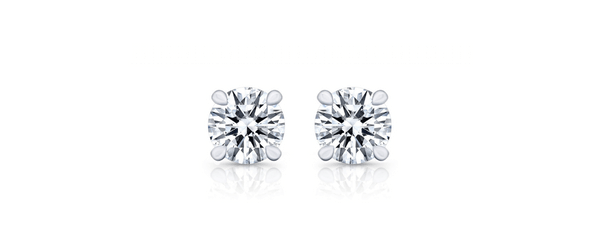
Light Box Jewelry: Click HERE
Blue Nile: Click HERE
James Allen: Click HERE
Brilliant Earth: Click HERE
Amazon: Click HERE
Pandora: Click HERE
Jared: Click HERE
Grown Brilliance: Click HERE
Clean Origin: Click HERE
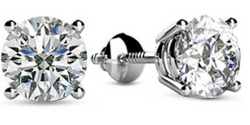
IGI Certified LAB-GROWN Round Cut Diamond Earrings
These beautiful round brilliant-cut ear studs are 2.00 carats total weight. Set in 14k white, yellow, rose gold, or platinum with a screw back for extra security. Color grade, Colorless D-E and Clarity grade VS1-VS2.
Click below for additional details.
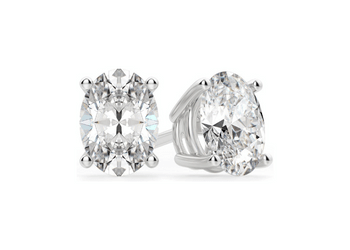
Lab Grown Diamond Oval Stud Earrings
0.50 carat TW ear studs, set in 14k a four-prong white gold basket setting. Color F-G, clarity VS1-VS2. Available in Princess, Round and Cushion shapes.
Click below to see all options.
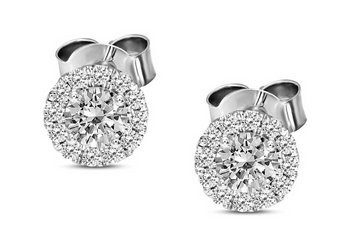
14k Gold Round Lab Grown Diamond Halo Stud Earrings
1.00 Carat total weight Halo design. Set in 14k white or yellow gold, IGI certified. Color, H-I, Clarity, I1. Click below for more information.
FAQs:
Q: How do I clean my lab-created diamond earrings?
Because lab-created diamonds are physically identical to mined diamonds, the care is also the same. Liquid soap with a soft brush, a liquid jewelry cleaner works well. Ultrasonic jewelry cleaners are fine too. As with all diamond jewelry, the settings need to be inspected at least once a year to ensure the stones remain secure.
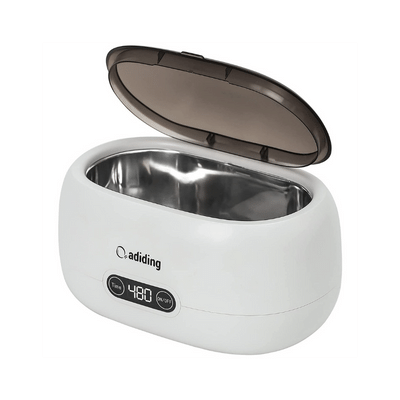
Q: Are Lab-created Diamonds worth the money?
Yes, speaking as a gemologist, I am amazed that science has achieved success growing diamonds that are virtually indistinguishable from their natural counterparts. Be sure to read all reviews as you conduct your research. Lab-created diamonds are 20% - 30% less expensive than mined diamonds and the percentages even higher for larger stones. Many sites show price comparisons between their lab-created pieces and the mined diamond equivalents.
Q: Are lab-created diamonds available in other colors?
Yes, the most in-demand colors, yellow, pink, and blue are readily available, as well as orange, green, and red, but these colors are seen less often. Pink and blue are extremely rare in nature so in most cases premium priced that are out of reach for most consumers.
Even though natural fancy pink diamonds are often times heavily included but still sell for thousands per carat. This is not the case with lab-created pinks. It is wonderful to be able to acquire fancy color diamonds that are so beautiful, at affordable price points. To learn more about natural fancy color diamonds, read our article, The Magic Of Fancy Color Diamonds.
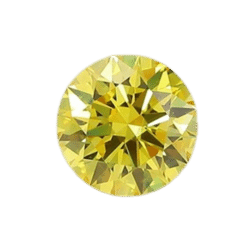
Q: How are lab-created diamonds identified?
In most cases, natural diamonds can be identified by their internal characteristics. As diamond crystals form in nature, they will trap minerals in the growing environment, or pinpoint size carbon crystals that make the stones cloudy, or breaks, a.k.a. feathers within the stones can be seen.
These internal characteristics are not found in lab-grown diamonds. There is the possibility that metallic trace elements may be seen. In cases where they cannot be identified in this way, a gemological laboratory, using advanced technology must make the separation and issue a report identifying the diamond's origin.
Q: What paperwork do I need to ask for when I buy a lab-created diamond?
You should ask for the grading report that accompanies the lab-created diamond. The information featured in the report or certificate: the grades assigned for color, cut, clarity and carat weight and most importantly the origin of the stone, mined or lab-created (or lab-grown.)
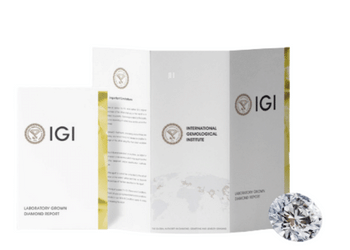
The grades assigned for color, cut, and clarity are the same standards used for natural diamonds. If the jeweler cannot provide a report then you may want to reconsider the purchase, but that is up to you. Be sure to have a detailed receipt for your insurance. Remember to ask about any warranty (in writing) the jeweler offers to clearly understand what it covers and what it does not cover.
Thank you for reading our blog and happy shopping!
Francesca de Granville, G.G., F.G.A.


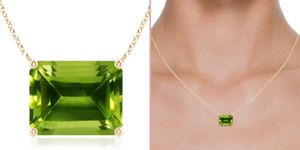
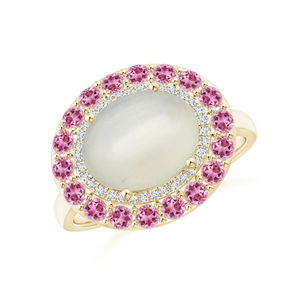
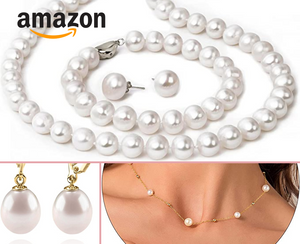
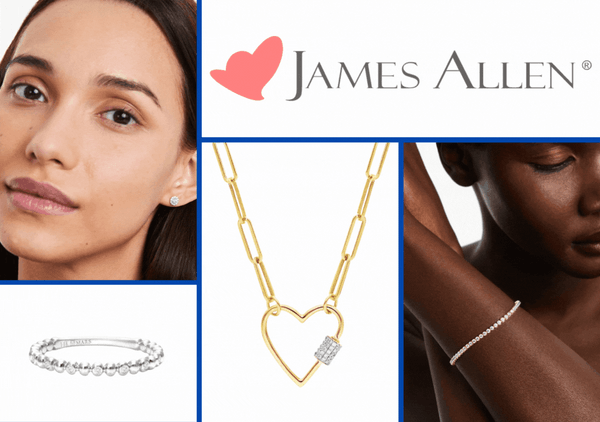
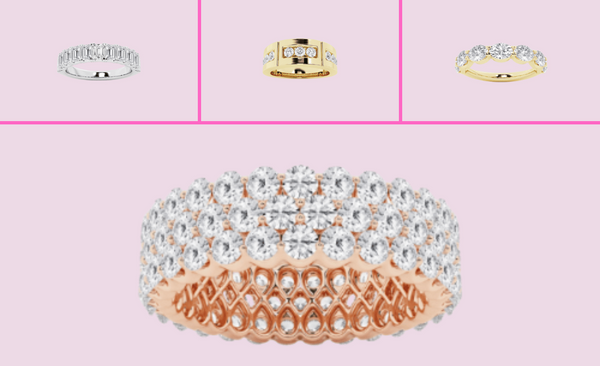
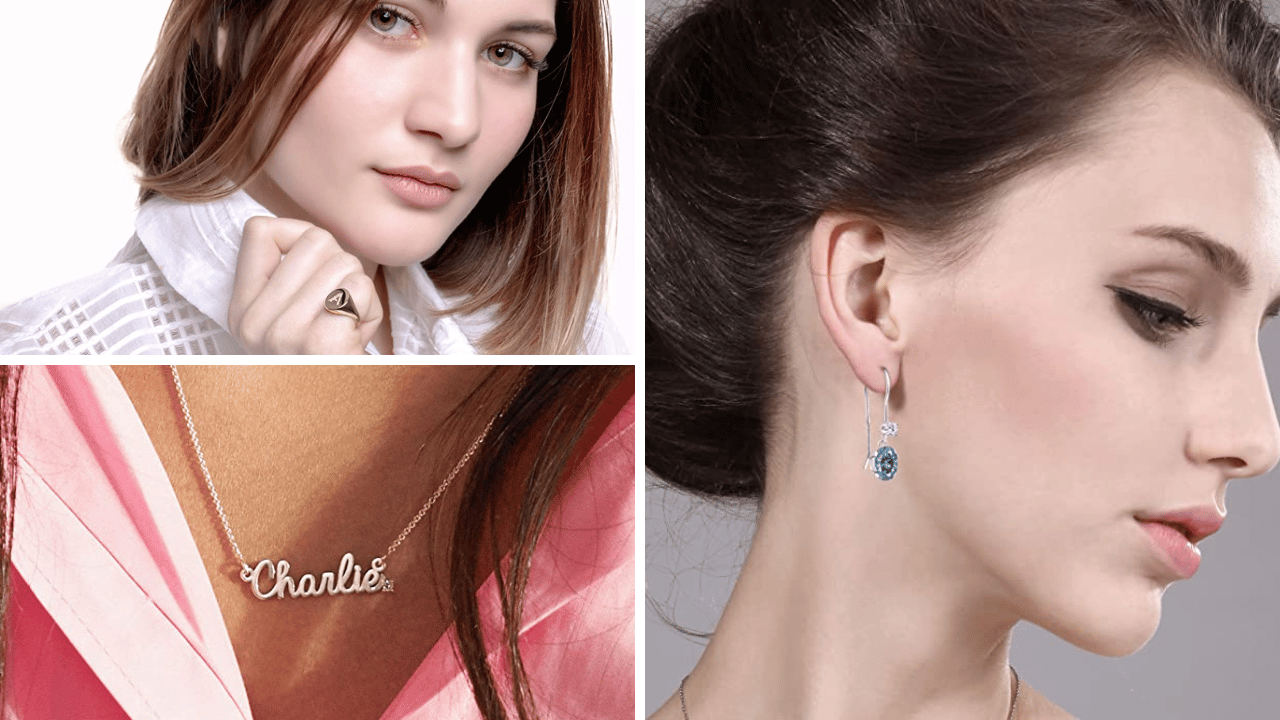
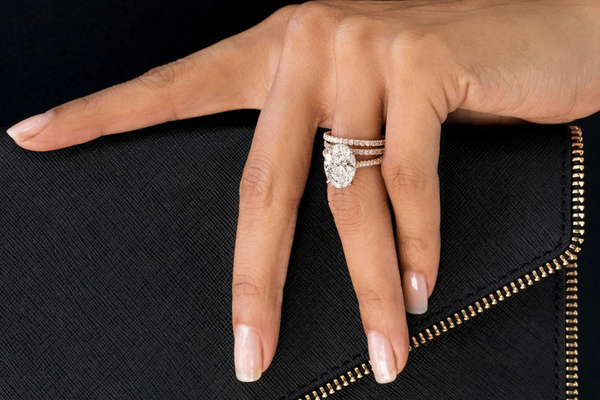
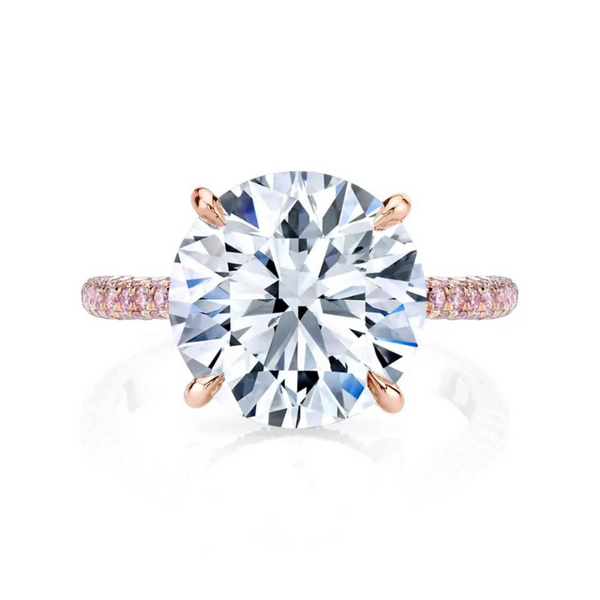
Member discussion